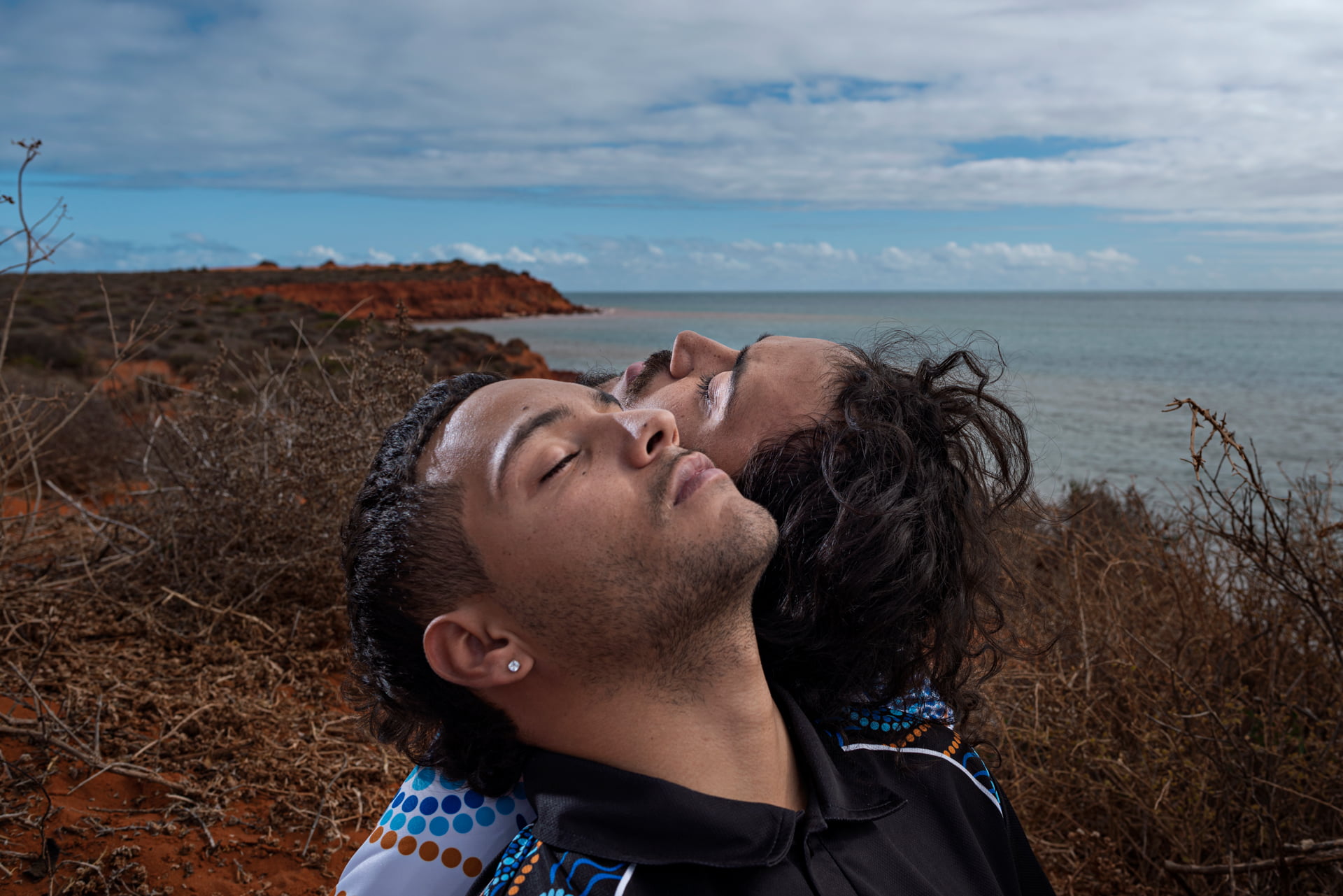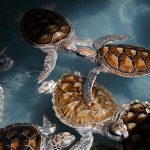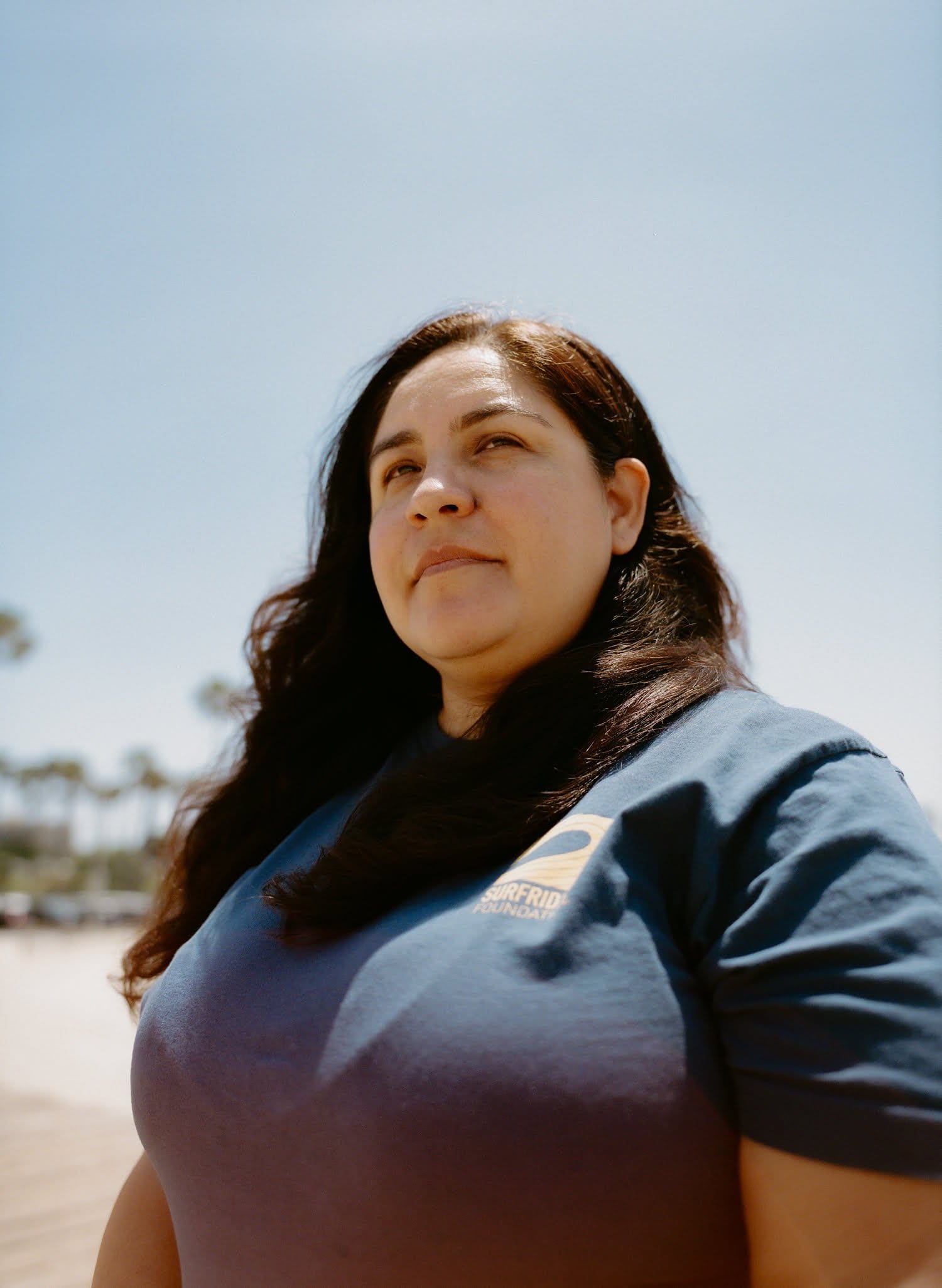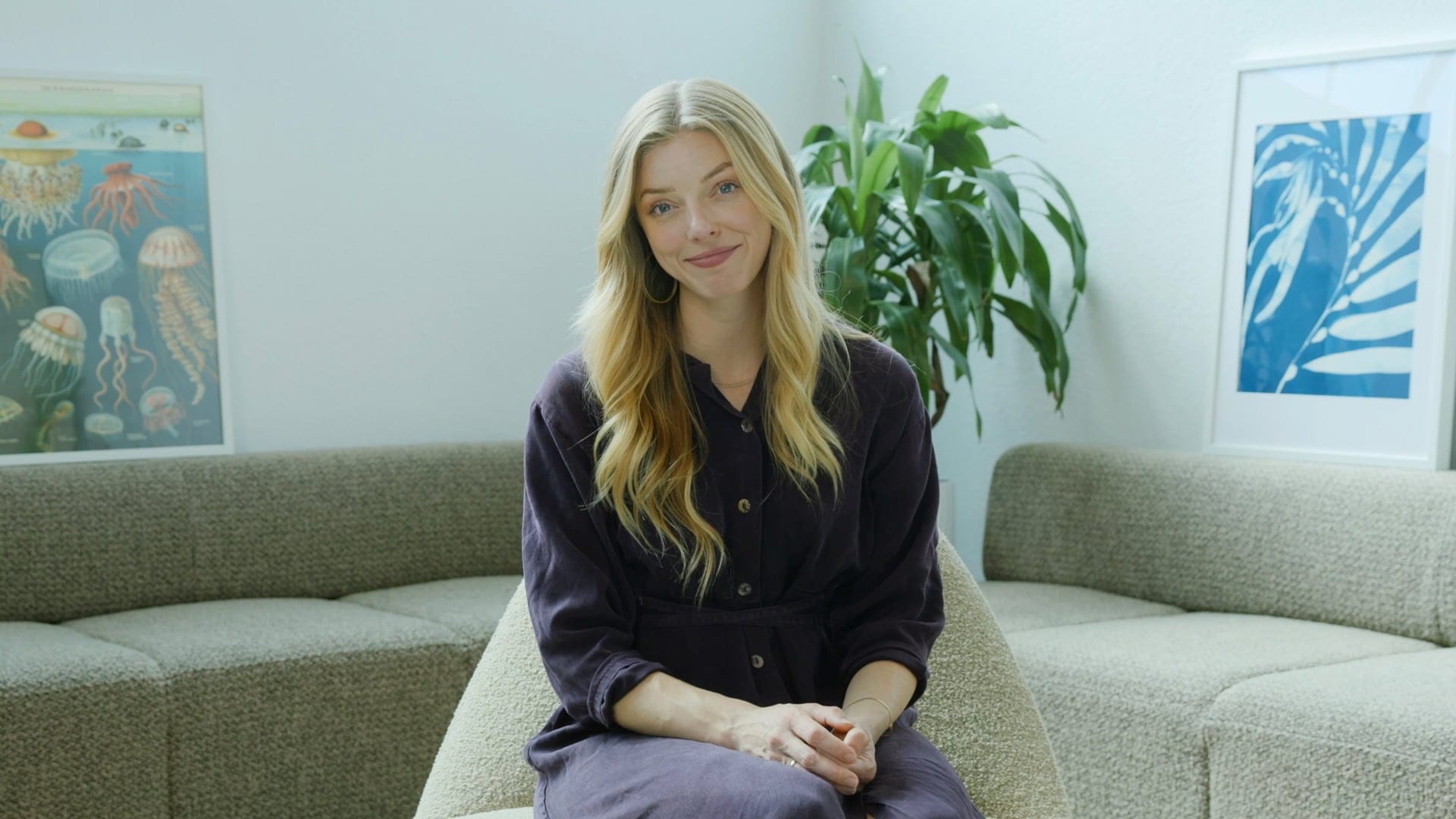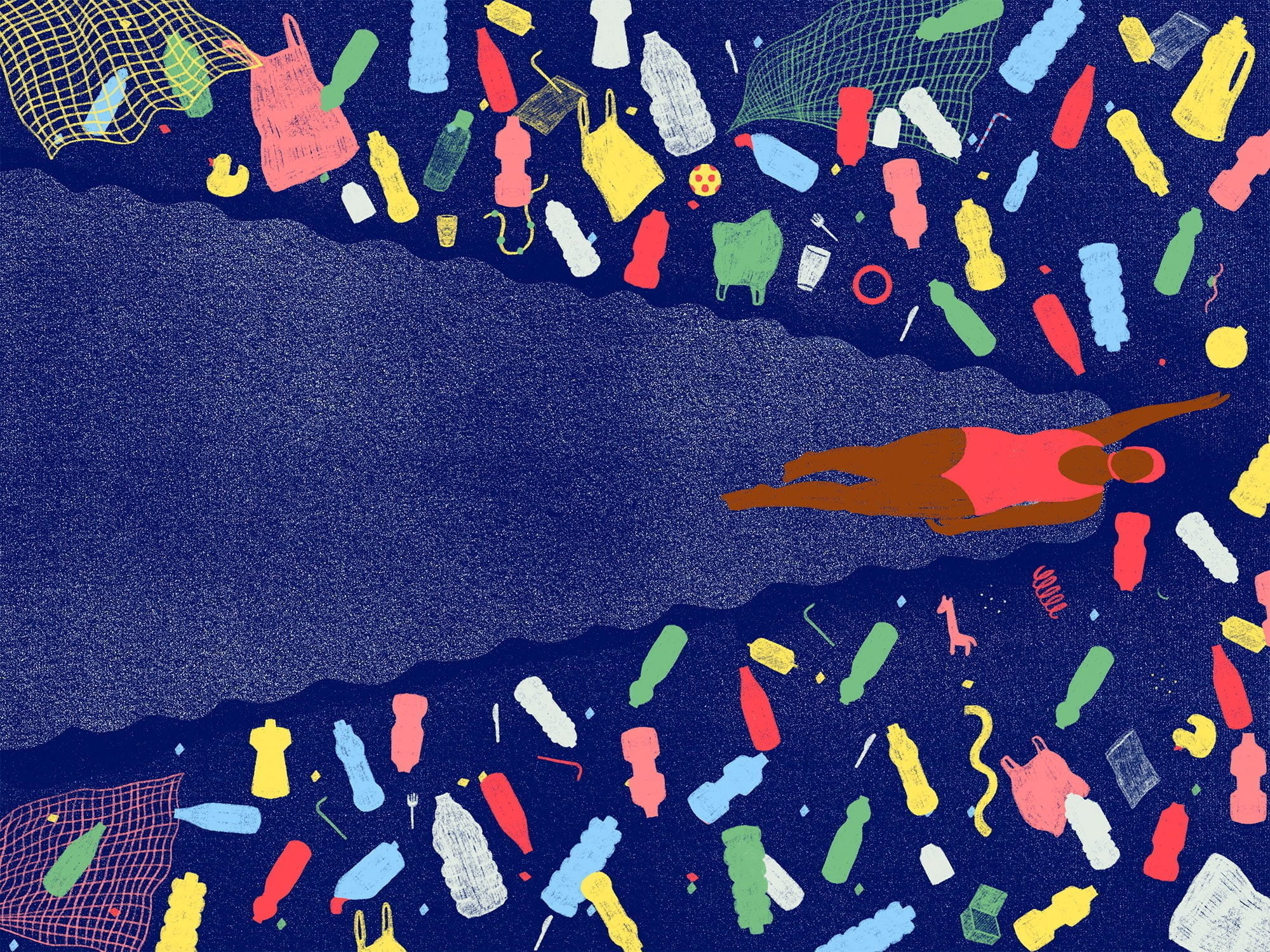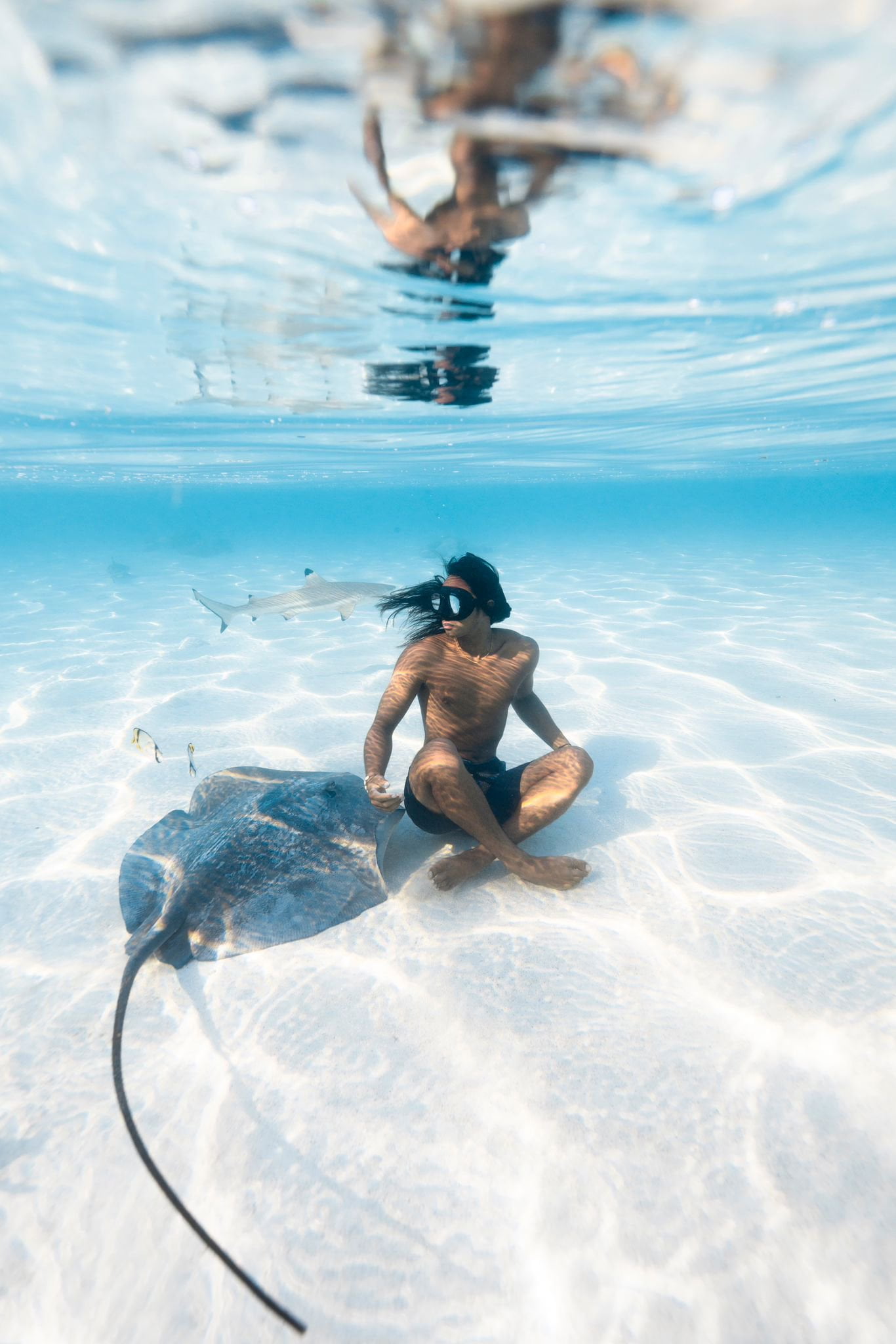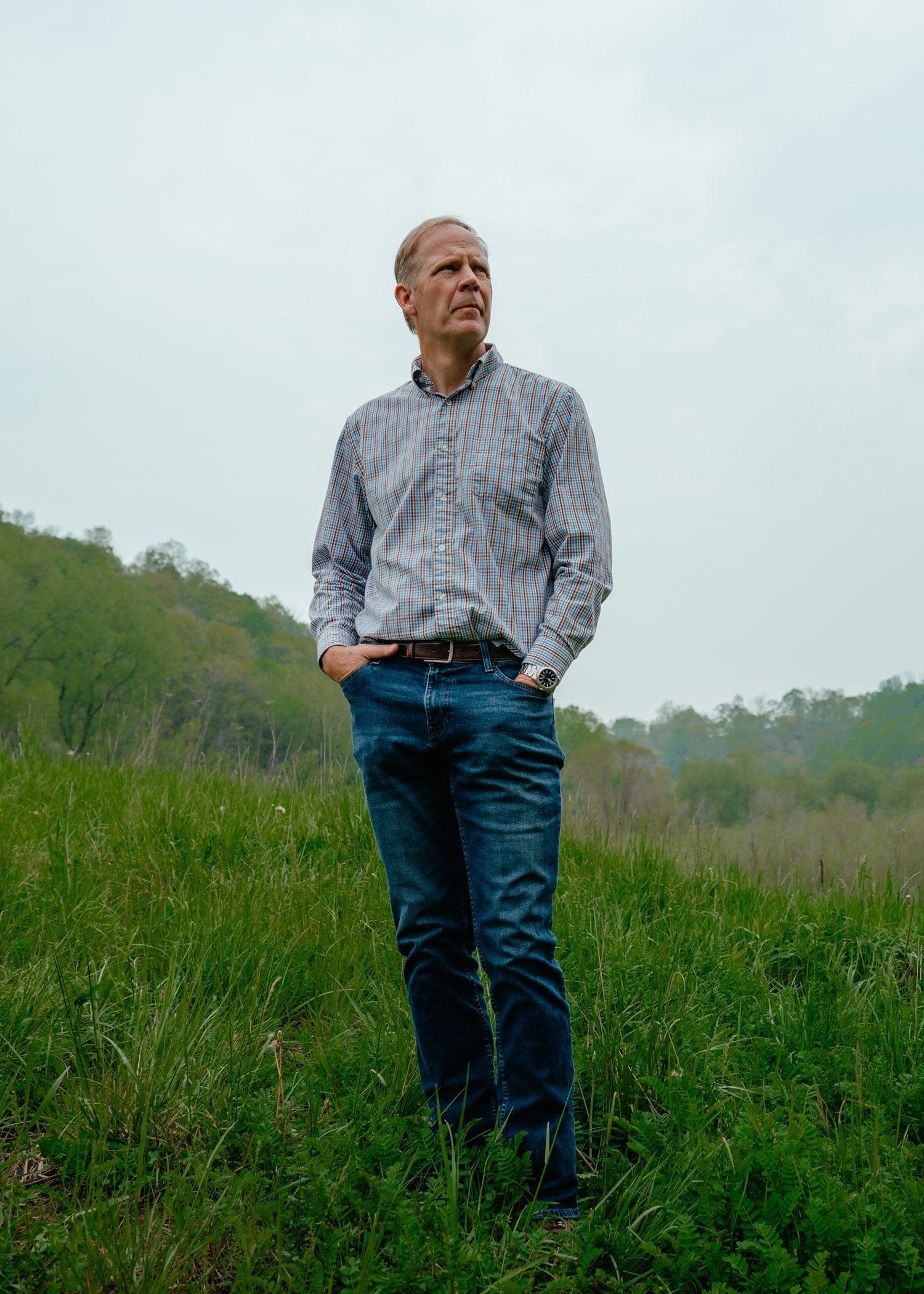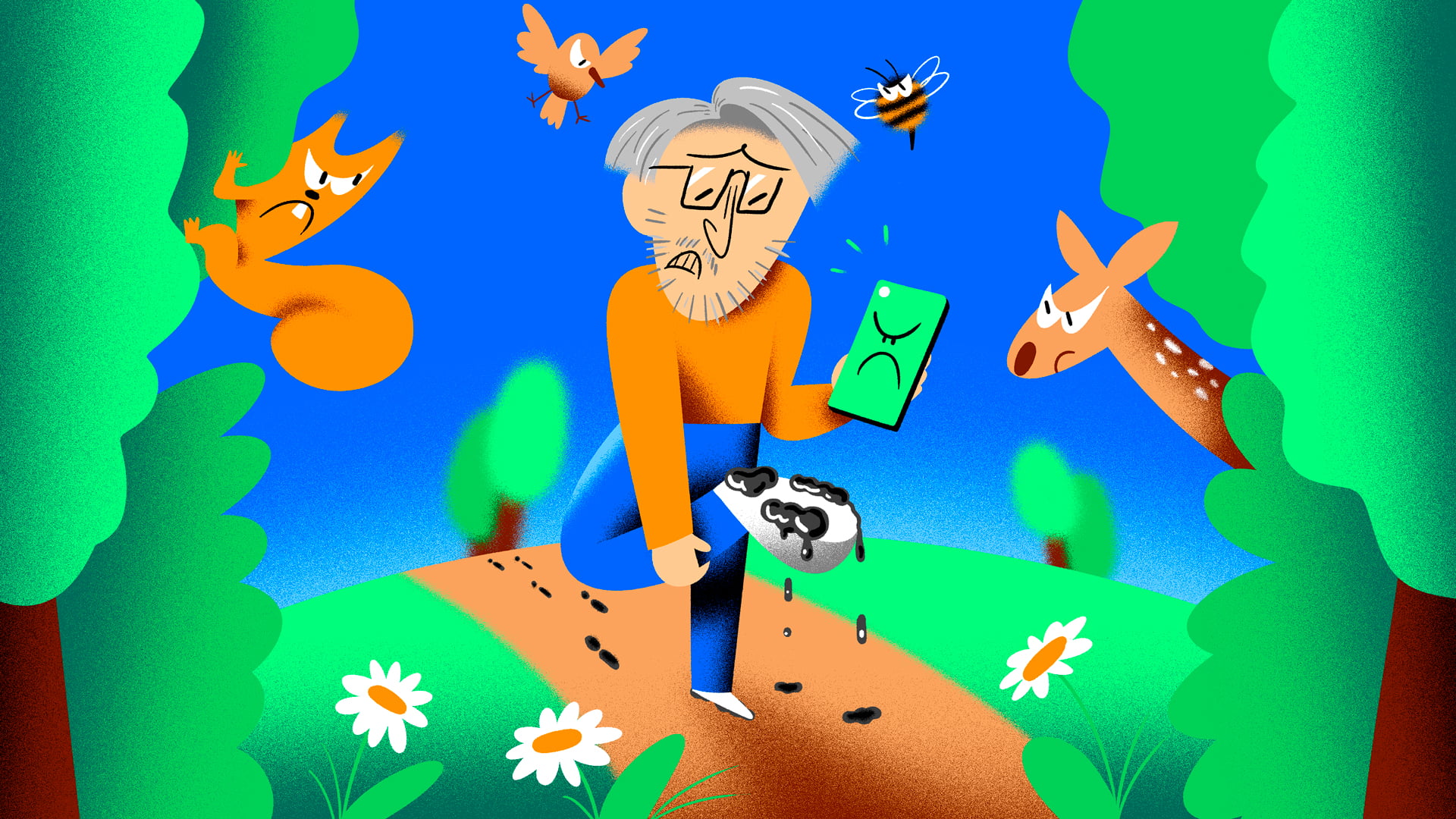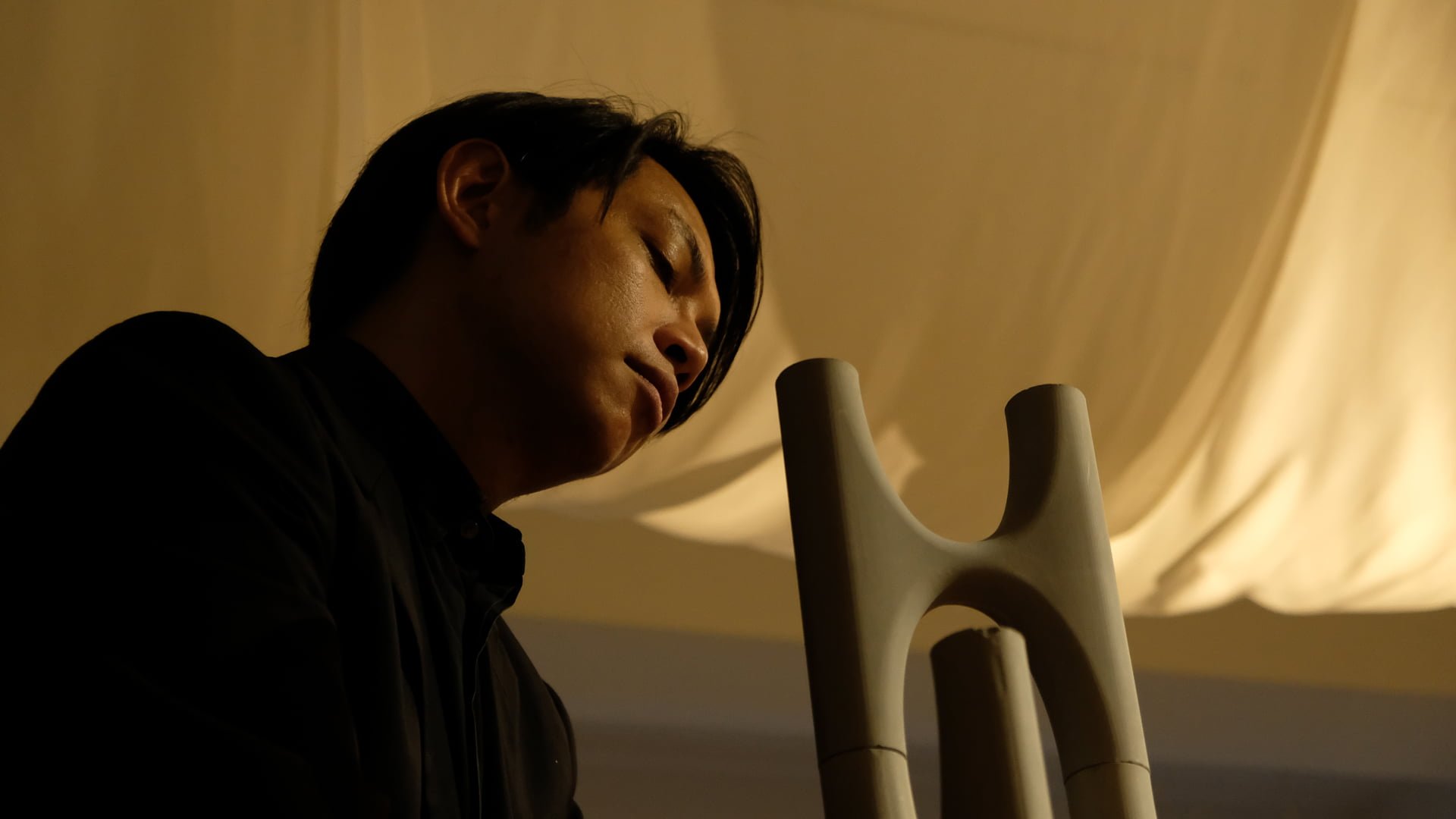Human activity has brought coral reefs to the brink. It will take all our ingenuity to bring them back. In this photo series, photographer Giacomo d’Orlando documents the people working to help oceans withstand the damage done by climate change, and those whose livelihoods depend on the health of the seas.
Wherever the land meets the sea, people find ways to live in harmony with marine life.
Not only are three billion people’s livelihoods directly tied up in activities like fishing and tourism that directly rely on the sea, but the oceans play a role in supporting all life on earth, and absorb nearly a third of the pollution that causes climate change.
But with sea temperatures hitting record levels, and human activity taking a constant toll on marine life, this delicate balance is at risk.
Photographer Giacomo d’Orlando has spent years documenting our relationship with the oceans for a project called Symbiosis. Since he began, coral reefs in the Atlantic, Pacific and Indian Oceans have been hit by a a global bleaching event, highlighting the urgency of the situation.
For the latest part of the Symbiosis project, d’Orlando visited Australia, traveling all the way from the Great Barrier Reef to the wild western coast, where scientists are doing what they can to help ocean life withstand the damage humans have done.
Meanwhile, locals like brothers Marley and Chae (main photo, above), who work for an Aboriginal-owned business harvesting wild sea cucumbers, balance their reliance on what the ocean can give, with an appreciation of what we owe it back.
For them, protecting the environment is about honoring their ancestors. “We want to make them proud,” they say.
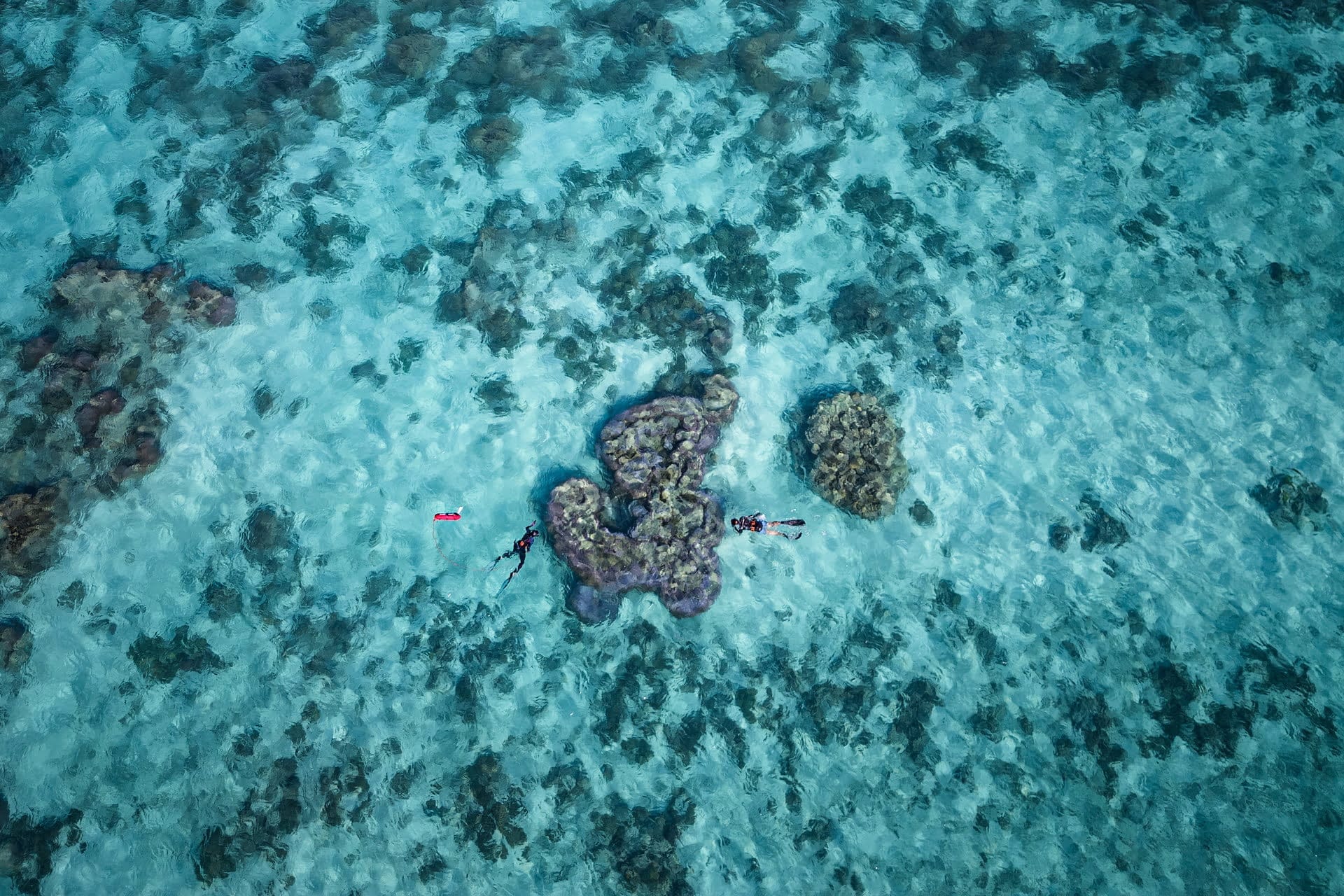
Researchers collecting samples from a large jewel coral at Ningaloo Reef in Western Australia. They will study the genetic code of each sample to learn more about the corals, and the tiny cells of symbiotic algae that live inside them, providing food in return for shelter.
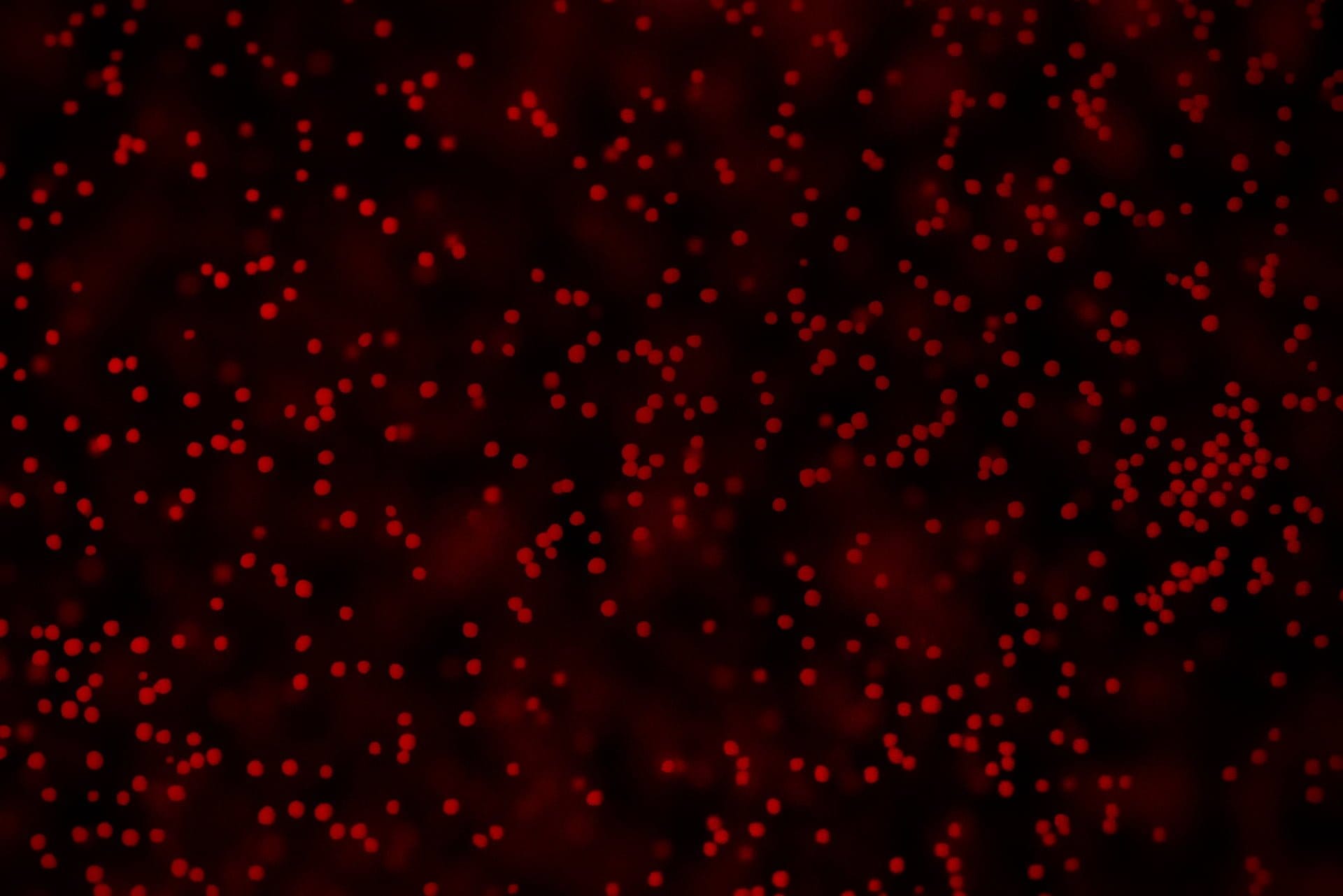
In the wild, corals spawn a few days after a full moon. At the Australian Institute of Marine Science, researchers are trying to learn more about how exactly corals decide when to spawn, so they can trigger it more reliably in the lab. This gives them the chance to cross-breed corals that wouldn’t live near each other in the wild, in the hope of creating offspring that can survive in warmer waters.
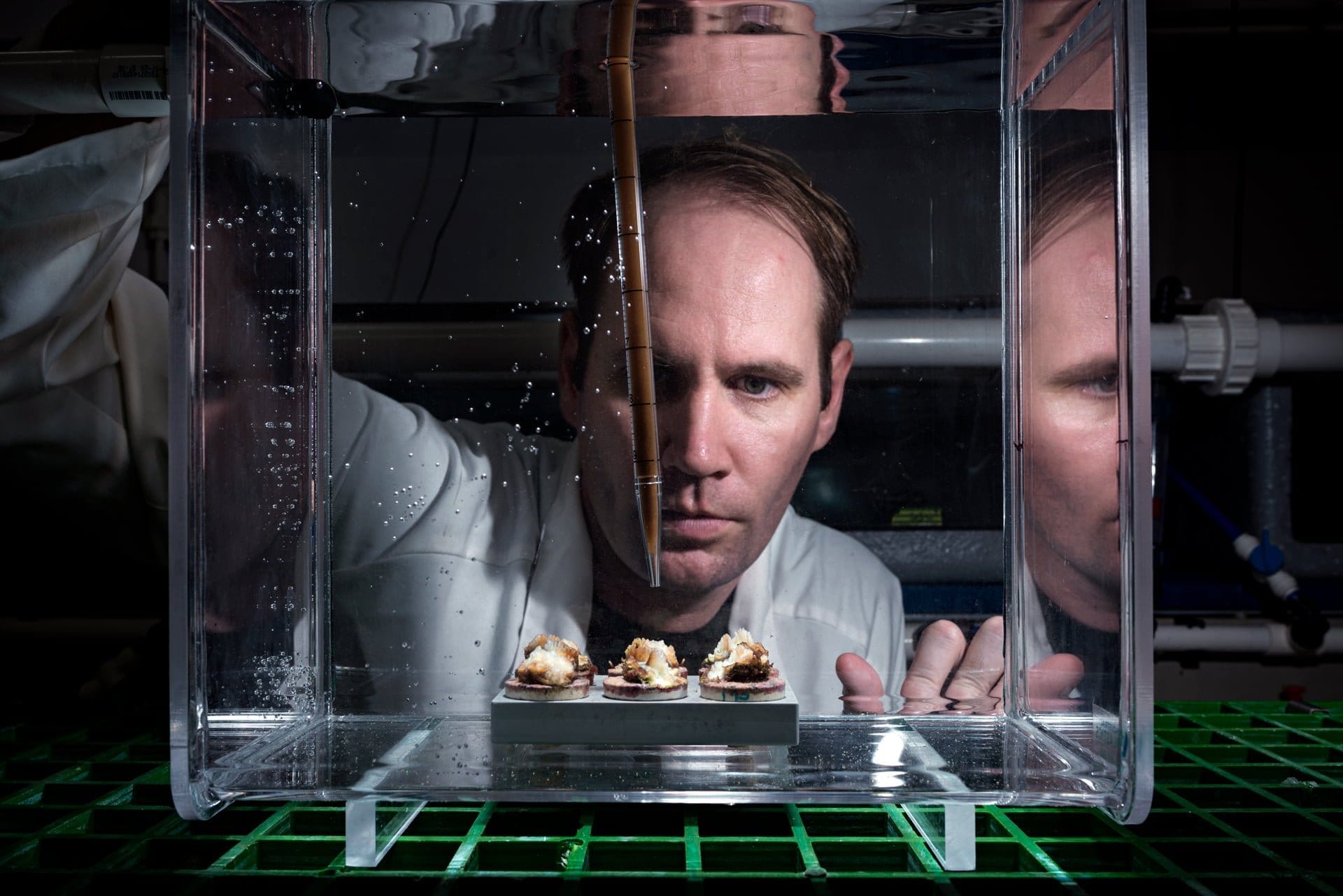
When the algae that live inside corals die, the coral is bleached white. For the last 10 years, scientists have been exposing algae to high temperatures in the lab, then allowing those that survive to reproduce, to help them evolve better tolerance to heat. Here, Dr Matthew Nitschke of the Australian Institute of Marine Science releases the specially grown algae cells on to young corals.
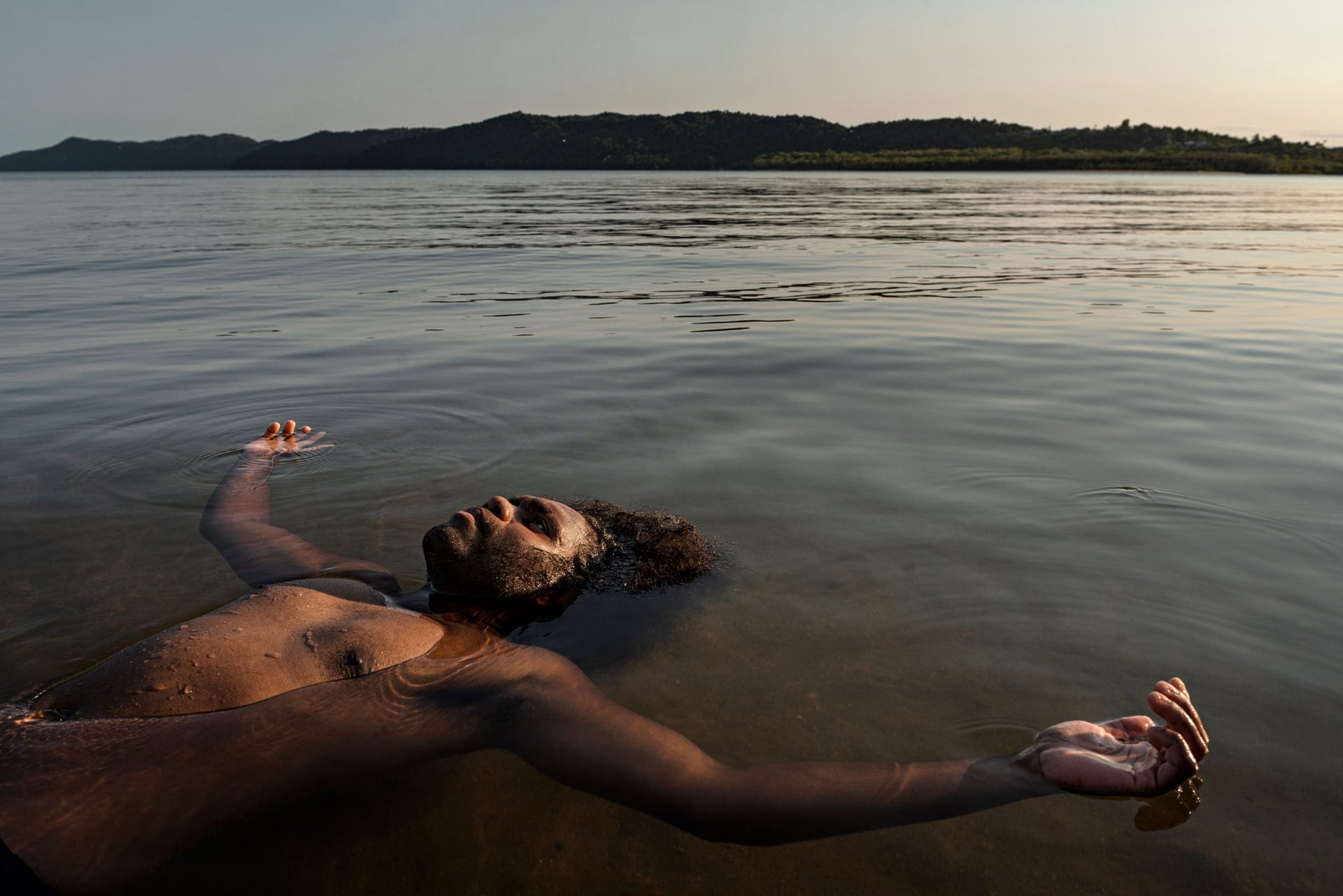
“I can still feel their spirit here,” says Magnus Edwards of his Dyirribarra ancestors. He is part of the Goondoi Ranger program, which uses traditional ecological knowledge and contemporary conservation practices to manage natural environments along the Innisfail coast in Queensland.
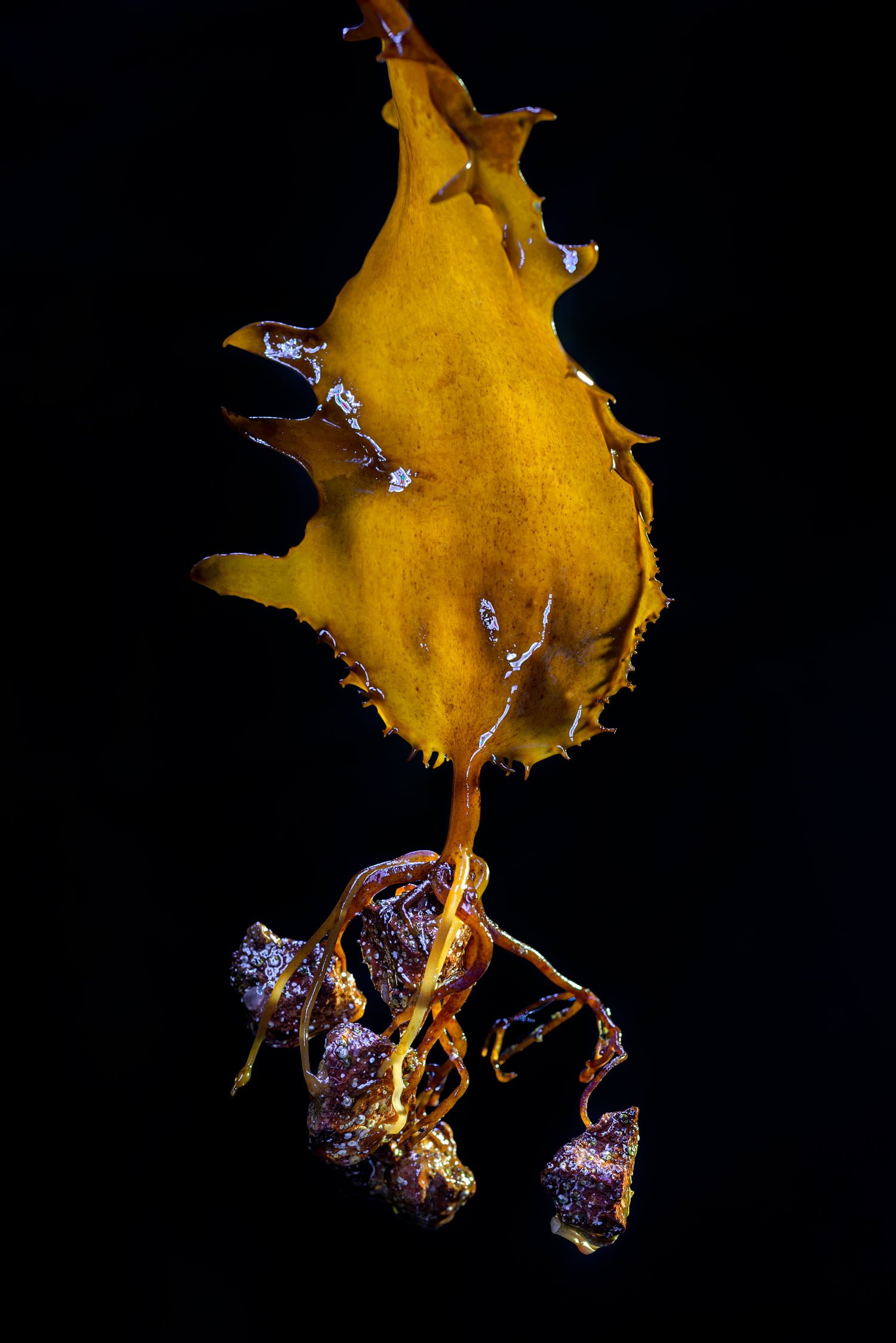
This golden kelp, growing in a Perth aquarium, was seeded from a population that survived a severe heatwave in 2011. Researchers hope it will be resilient to rising water temperatures.
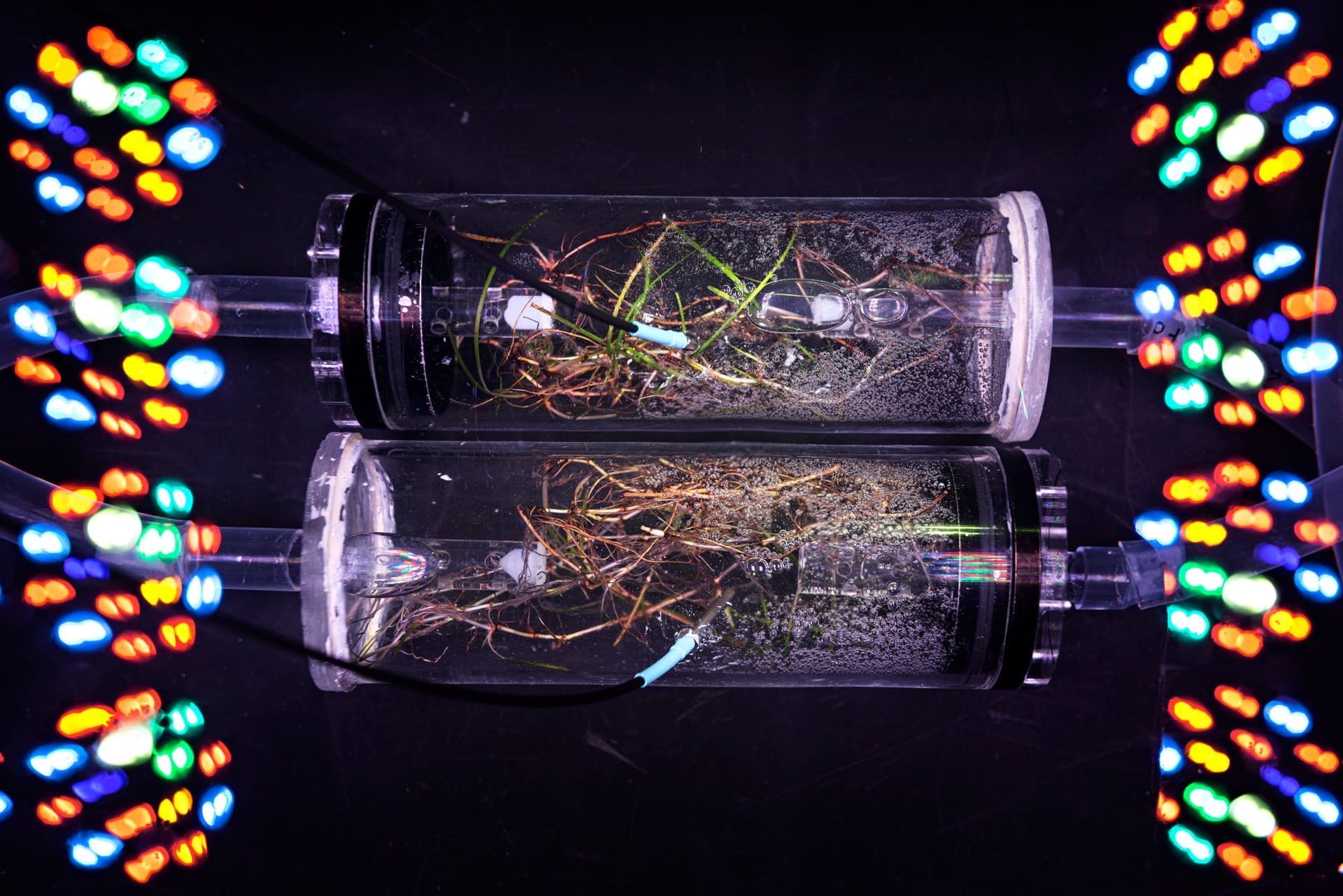
Researchers at Edith Cowan University in Western Australia are trying to find populations of seagrass that are more resilient to higher temperatures, in the hope of introducing them to existing seagrass meadows to help them survive as seas get warmer. Here, they’re measuring how different temperatures affect a sample collected at Ningaloo Reef.
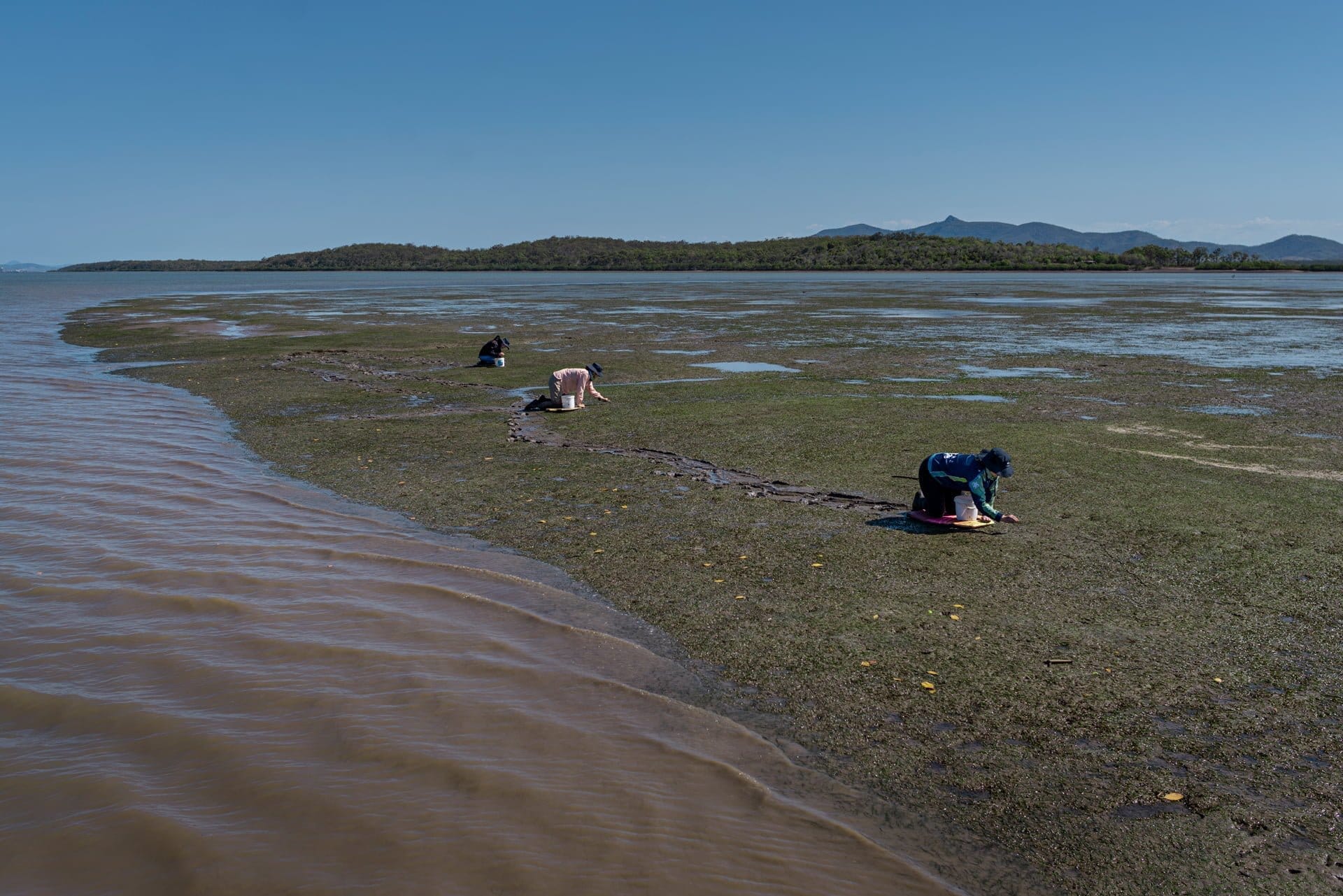
Seagrass provides food and shelter for worms, shellfish, starfish and crustaceans. If and when seagrass meadows gets harmed by extreme weather events, scientists want to be ready to help them recover. At Lilley’s Beach in Gladstone, Queensland, researchers collect flowers from seagrass shoots. It’s part of a project to work out how best they can store, nurture and disperse seeds, to regrow seagrass at scale in the future.

Dr Georgina Wood wants to help restore the 250,000 acres of kelp forests that were lost in a heatwave in 2011. She does it by seeding young plants on to gravel and rocks in aquariums, until they’re strong enough to be put into the sea. Here Dr Wood checks if the kelp is ready to release spores.
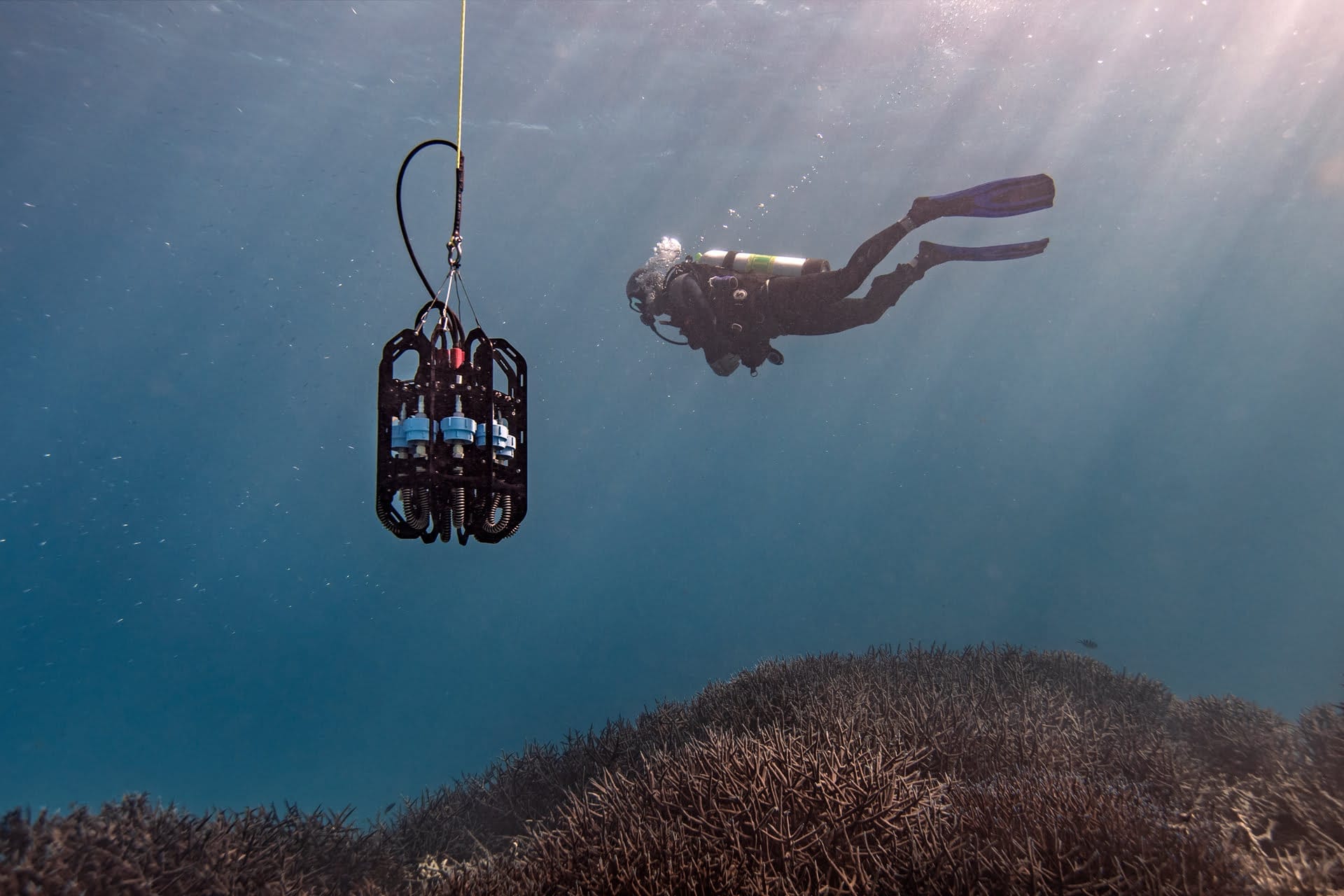
In the Houtman Abrolhos archipelago off Australia’s west coast, researchers identify which species live nearby by taking samples of seawater and checking for traces of DNA. Understanding what plants and creatures are around helps scientists to protect vulnerable species and make plans to protect the ecosystem.
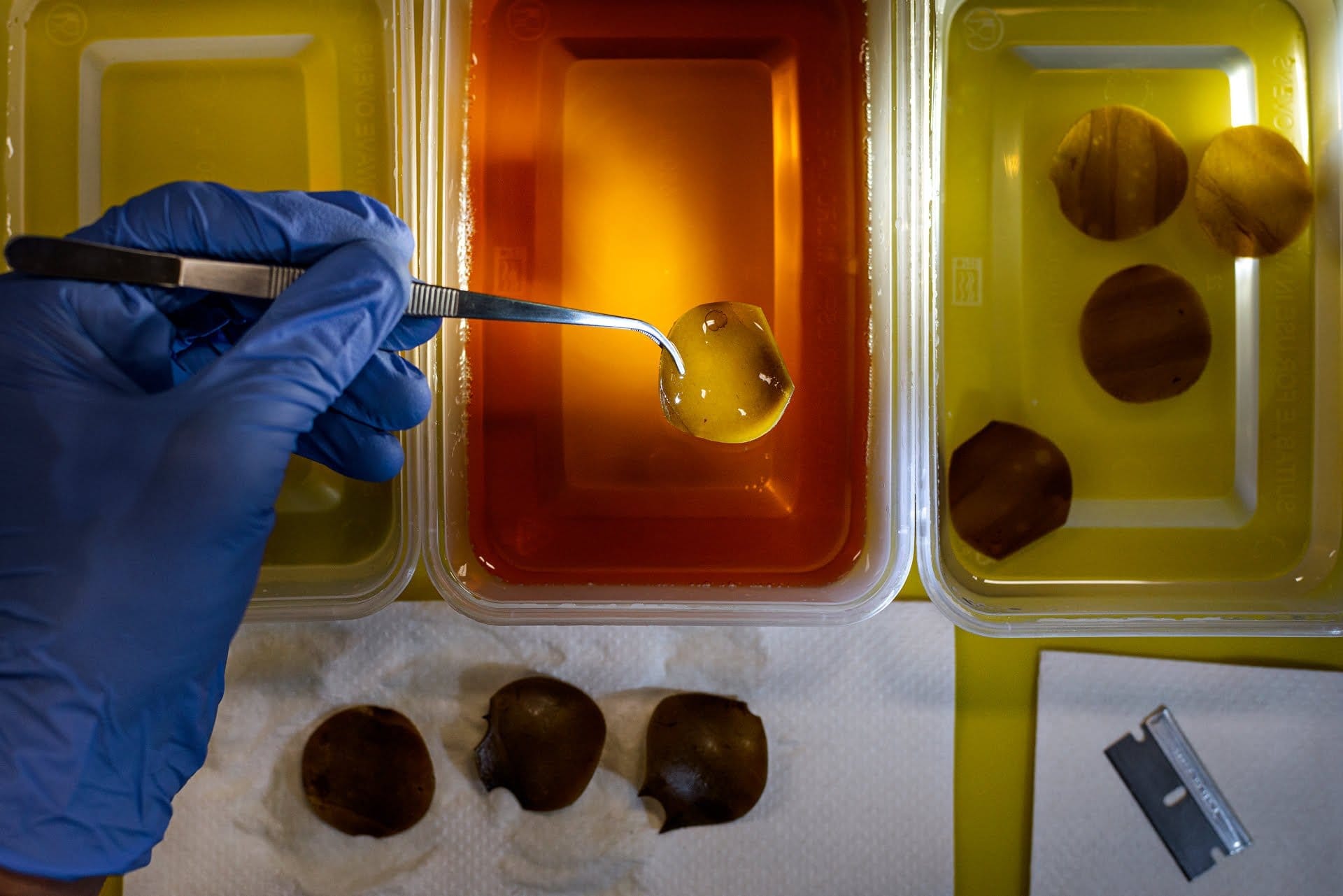
After gathering golden kelp from the sea, researchers move fast to get it back to the lab during its short reproductive window. They work overnight to collect spores, which can be used later for experiments, or to replant kelp in the wild. This kelp has been cut into discs so the spores are more easily released.

Alex Dodd, a descendant of the Malgana, used to work as a ranger, like his father before him. But for the past two years he has been working with an Aboriginal-owned sea cucumber harvesting business, and training the next generation to keep this tradition alive. There are limited work opportunities in this remote corner of Australia, so businesses like these “give us the opportunity to reconnect with our roots”, says Dodd.
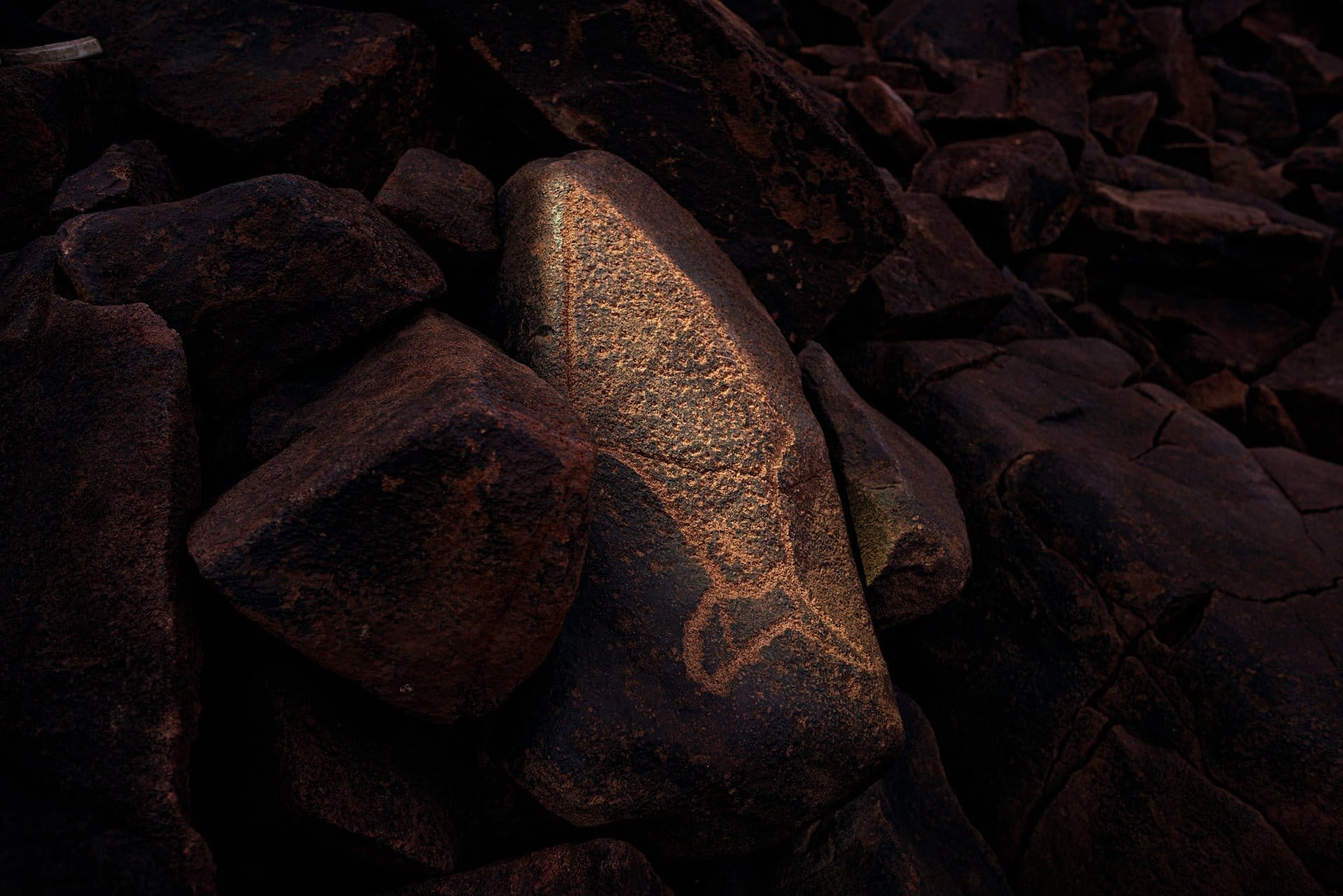
More than a million pieces of rock art have been found in Murujuga, Western Australia, dating back 40,000 years. This image of a fish testifies to the ancient bond between Indigenous people and the marine environment.
Nature
What we do
We are storytellers inspiring you to live a planet-friendly life. Through our stories we shift perspectives and help you see that sustainable change is already underway. Sparking imagination that leads to action, creating a shift to sustainable behaviour as the norm. It’s happening.
Read more here